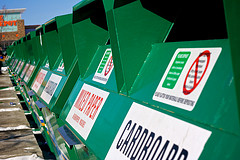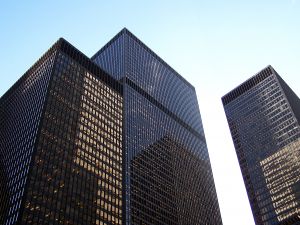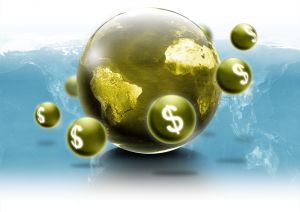 With Earth Day upon us, I’ve been thinking about green brands and companies that focus heavily on spreading an environmentally-conscious message. Unfortunately, not as many well-known, international brands come to mind as one would hope and expect.
With Earth Day upon us, I’ve been thinking about green brands and companies that focus heavily on spreading an environmentally-conscious message. Unfortunately, not as many well-known, international brands come to mind as one would hope and expect.
I’m not saying there aren’t industry leading brands that hype their green initiatives. There are plenty of those, but how many of those messages do consumers truly believe? And how many of those messages actually motivate consumers to purchase one brand over another? Do you buy products from Walmart because Walmart participates in eco-friendly activities, or do you shop there because it’s cheap and convenient?
What’s my point? It’s simple. It’s easy enough for brands to jump on the green bandwagon. The big players sponsor environmental events, match donations to environmental nonprofit organizations, and hype their in-office recycling programs, but how many of them actually “live” being green? How many of them have, “Lead the industry in quantifiably helping the environment,” on their list of strategic imperatives (notice the use of the word quantifiable, meaning measurable)?
In my corporate days, I spent too many hours creating and recreating mission statements, vision statements and strategic imperatives than I care to remember. More often than not the messages were little more than corporate rhetoric that fell on deaf ears and were fairly useless. It doesn’t matter what kind of fancy paper they’re printed on or how many coffee mugs with your brand vision on it that you pass out to employees. What matters is the actions behind a brand when it comes to being green.
While much of branding and marketing is about massaging consumer perceptions, relying on creative messaging when it comes to the environment is often seen as greenwashing and damages a brand more than it helps that brand. Developing a green brand requires actual metrics to track exactly how initiatives are helping the environment. For a brand to be green, the people behind that brand have to believe in the cause, support it, and live it. In other words, it takes more to be a green brand than implementing an office recycling program. Consumers want more, and they expect more.
Your thoughts?
Image: Flickr
Susan Gunelius is the author of 10 marketing, social media, branding, copywriting, and technology books, and she is President & CEO of KeySplash Creative, Inc., a marketing communications company. She also owns Women on Business, an award-wining blog for business women. She is a featured columnist for Entrepreneur.com and Forbes.com, and her marketing-related articles have appeared on websites such as MSNBC.com, BusinessWeek.com, TodayShow.com, and more.
She has over 20 years of experience in the marketing field having spent the first decade of her career directing marketing programs for some of the largest companies in the world, including divisions of AT&T and HSBC. Today, her clients include large and small companies around the world and household brands like Citigroup, Cox Communications, Intuit, and more. Susan is frequently interviewed about marketing and branding by television, radio, print, and online media organizations, and she speaks about these topics at events around the world. You can connect with her on Twitter, Facebook, LinkedIn, or Google+.


